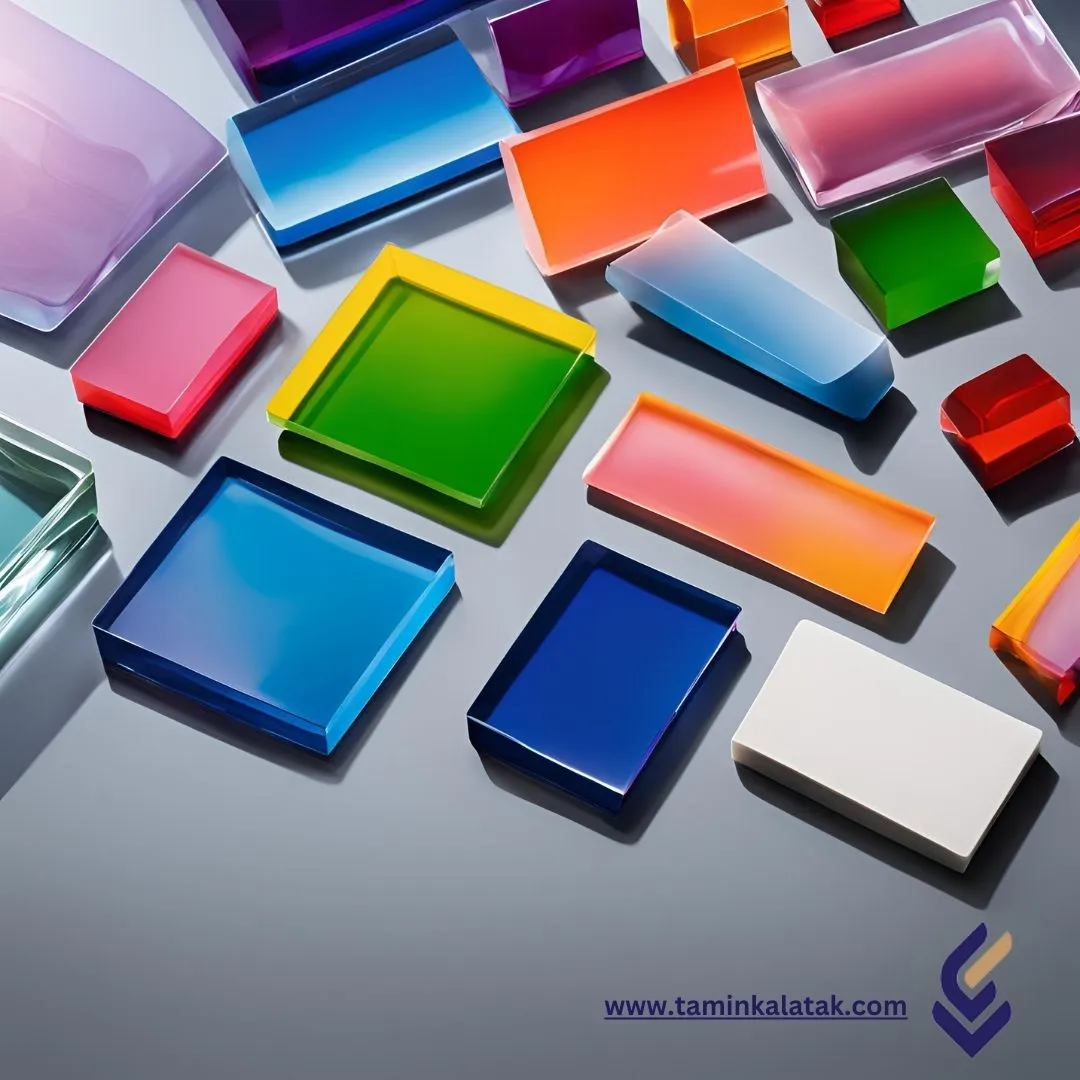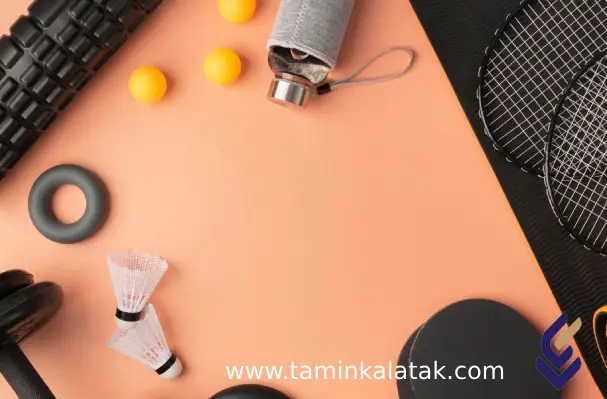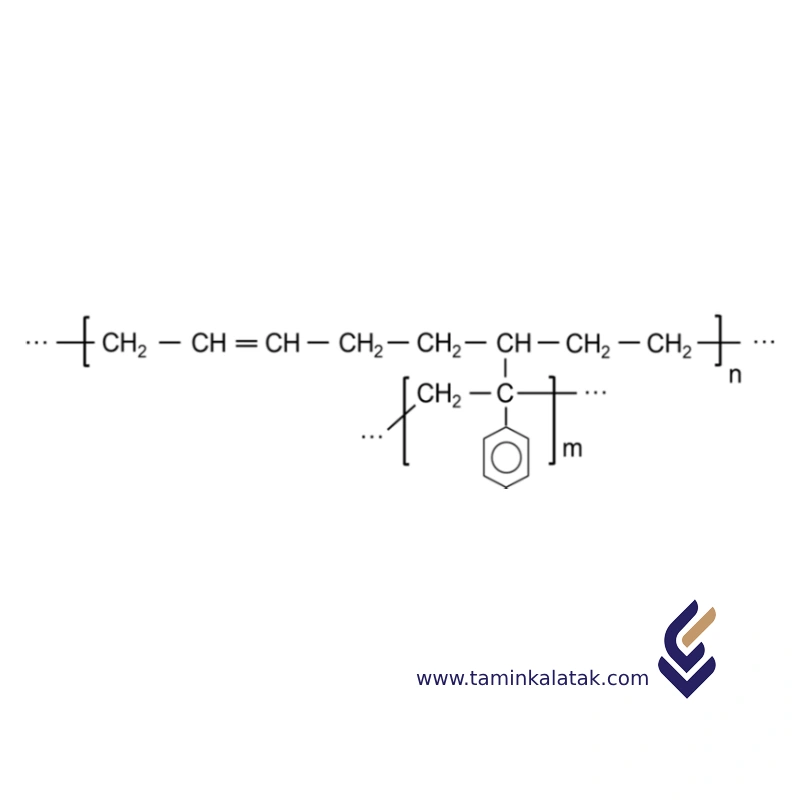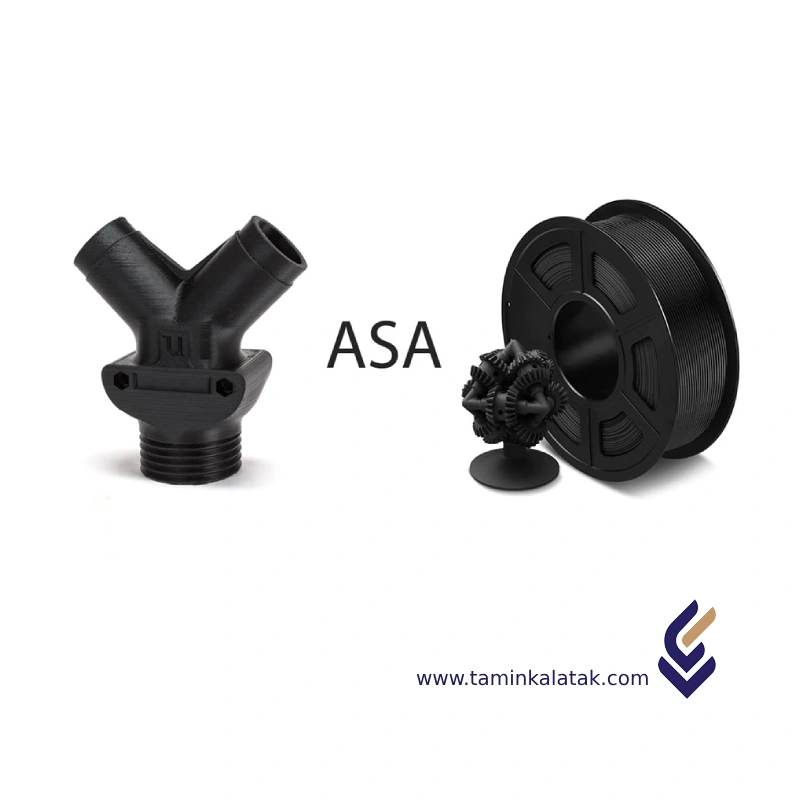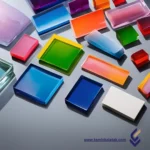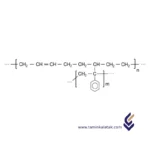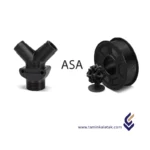Polymers are made up of very large molecules made up of many repeating units called monomers, which ultimately form this long polymer chain
Polystyrene (PS) is a synthetic polymer made from monomers of the aromatic hydrocarbon styrene. Polystyrene can be solid or fomed. General-purpose polystyrene is clear, hard, and brittle. As a thermoplastic polymer, polystyrene is in a solid (glassy) state at room temperature but flows if heated above about 100 °C, its glass transition temperature.and also It has wide applications in various industries including packaging, construction, and automotive.
Acrylonitrile Styrene Acrylate (ASA)
ASA is a copolymer of SAN and acrylic rubber, and it is a highly functional plastic with excellent weatherability while maintaining most of the advantages of ABS. Thanks to its excellent retention of physical properties and appearances in outdoor applications for a long time, it is used as a material for automobile exterior, construction and furniture finishing sheet, etc.
Acrylonitrile Styrene Acrylate structure
ASA is typically formed by grafting acrylonitrile and styrene onto an acrylic ester elastomer backbone. The acrylic ester phase provides the material with flexibility and impact resistance, while the acrylonitrile and styrene phases contribute to rigidity, chemical resistance, and surface finish.
Acrylonitrile Styrene Acrylate properties
Acrylonitrile-Styrene-Acrylate (ASA) polymer exhibits a combination of properties that make it well-suited for outdoor and demanding applications. Acrylonitrile Styrene Acrylate (ASA) polymer is a thermoplastic known for its excellent weather resistance, high impact strength, and UV stability, making it ideal for outdoor applications. It combines the toughness of acrylonitrile, the rigidity of styrene, and the weather-resistant properties of acrylic ester, resulting in a material that maintains its color, gloss, and mechanical integrity even under prolonged exposure to sunlight and harsh environmental conditions. ASA is resistant to chemicals, heat, and environmental stress cracking, and it exhibits good processability, enabling it to be molded into complex shapes. Its durability and aesthetic qualities make it suitable for use in automotive parts, outdoor furniture, and building materials.
Application
Automotive Industry
- Exterior Components: Used for manufacturing exterior parts like side view mirrors, radiator grilles, and trims due to its resistance to UV radiation and harsh weather conditions.
- Interior Components: Employed in dashboards, panels, and other interior parts requiring durability and aesthetic appeal.
Building and Construction
- Roofing and Cladding: ASA is used in roofing sheets, siding, and cladding materials for its resistance to fading and cracking when exposed to sunlight.
- Windows and Doors: Frames and profiles made of ASA are durable and maintain their color over time.
Electrical and Electronics
- Casing and Enclosures: ASA is used in the production of enclosures for electronic devices, electrical components, and appliances due to its impact resistance and aesthetic surface finish.
- Connectors and Insulators: The polymer is valued for its insulating properties and stability.
Consumer Goods
- Outdoor Furniture: Widely used for chairs, tables, and other outdoor furniture because it retains color and strength under prolonged exposure to sunlight and rain.
- Household Items: Utilized in kitchen appliances, vacuum cleaners, and other durable goods.
Three-D Printing
- Filament Material: ASA is a popular material for 3D printing, especially for outdoor applications, as it offers better UV resistance compared to ABS.
Advantages
- High impact strength
- Good Processability
- Weather Resistance
- Color and Gloss Retention
- Durability
Disadvantages
- Limited High-Temperature Resistance
- Flammability
- Lower Strength Compared to Metals
- Environmental Impact
Applications
| Applications | , , , , , , , , , , , , |
|---|
Acrylonitrile Styrene Acrylate (ASA)
| Products | Grade | MFI(g/10 min) | Density (g/cm3) | Process Metod | Applications | Data Sheet | MSDS |
|---|---|---|---|---|---|---|---|
| ASA | 25.62 | 1.24 | extrusion, injection molding, rotational molding | Automotive parts, construction materials, outdoor furniture, window profiles, siding, roofing sheets, playground equipment, sports goods, consumer electronics housings, signage, containers, dashboards, and protective covers |

